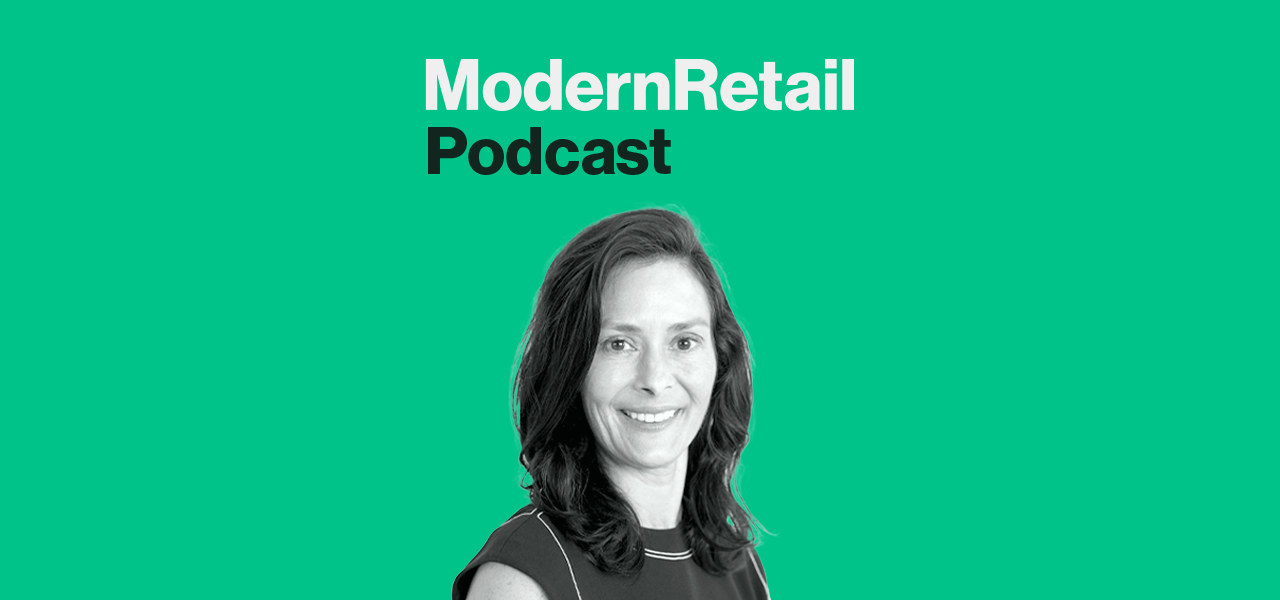‘We’re kind of at the beginning of building a community’: Hanna Andersson CEO Aimée Lapic on how the 40-year-old kids’ apparel brand is evolving

Subscribe: Apple Podcasts • Spotify
Kids’ apparel brand Hanna Andersson is four decades old but in the midst of a huge business transformation.
In 2019, it decided to close all of its stores and focus solely on its online business. The company says this strategic shift has helped stay focus and grow in new ways.
“We’re 100% direct to consumer and are frankly much more profitable because of that — and, honestly, much more attuned to our customers in anticipating their needs,” said Aimée Lapic, CEO of Hanna Andersson.
She joined the Modern Retail Podcast this week and dove into her strategic mandates and the areas of growth she’s most excited about.
Lapic has worked in retail for a long time now. She worked at both Gap and Banana Republic, helping lead their early online experiences and marketing strategies. She then moved to the tech sector at places like Pandora and GoPro. But she came back to apparel last summer when she accepted the role of CEO at Hanna Andersson.
“Honestly one of the reasons why this is such a fun moment for me is that it is full circle from how I started my career in apparel,” she said.
With nearly a year under her belt, Lapic has been focused on launching new initiatives. For example, the apparel brand — most well-known for its pajamas — has expanded into children’s athletic wear. Beyond that, Hanna Andersson also launched a peer-to-peer resale program. That first began earlier this year with 2,500 listings and has already expanded to over 17,000, according to Lapic.
But one of her big focuses has been on tapping into the brand’s already robust community. Parents have bought Hanna Andersson for years — Lapic said she’s spoken with new moms who wore the clothes themselves as children. But much of this hasn’t been fostered by the brand itself.
“There has been a very strong community for many years of Hanna customers that love our brand, that speak on behalf of the brand, that hasn’t actually been fostered by the brand,” she said. Lapic now is trying to find ways to tap into these brand enthusiasts and have them be a bigger part of research and the company’s overall retention efforts.
As Lapic sees it, there are a bunch of new initiatives afoot, but the goal is on one big thing. “We have done a lot of work, really focusing the team on what’s going to make a big difference in the brand and the growth story,” she said. “First and foremost, it’s all about building this brand awareness.”
Here are a few highlights from the conversation, which have been lightly edited for clarity.
On Hanna Andersson’s transformation as a business
“2023 is our 40th anniversary. We were founded in 1983 as honestly one of the first premium sustainable kids clothing brands — and founded on the idea that clothing can be not just good for the children, but also good for the environment in terms of lasting for through multiple kids, multiple wearings, less landfill, organic cotton. I mean, we were the first organic cotton brand before organic cotton was even a thing in kids’ apparel. Over time, Hanna has really morphed itself, we’ve evolved. And so today we no longer operate in stores. We’re 100% direct to consumer and are frankly much more profitable because of that — and, honestly, much more attuned to our customers in anticipating their needs.”
The brand’s new attribution model
“One of the things we have stood up since I’ve been with a company is the ability to look past last-click attribution. So within marketing, most digital companies measure the effectiveness of either paid media or even organic media or organic partnerships through specifically — can I track where that last platform, media placement, etc, a customer came from before they made an actual transaction on our site. We’ve been doing that for years. And in the winter and earlier this year, we stood up the ability to really look at media across a multitude of different touchpoints through a media mix model — to see not only from last-click attribution but also incremental return on ad spend: where it came from, incremental, new customers where they came from, etc.”
An evolving community strategy
“Our idea of community continues to evolve, and I think that’s actually super positive… We’re kind of at the beginning of building a community. There has been a very strong community for many years of Hanna customers that love our brand, that speak on behalf of the brand, that hasn’t actually been fostered by the brand. Like, it hasn’t been negated by the brand, but it’s just happened organically. And so you can go on to YouTube or within Facebook, etc, and see moms talking about wear testing the Hanna [pajamas] over time. You can see moms talking about how wonderful the fabric is on their kids who may have eczema or not. It’s all organic. It’s all authentic. It hasn’t been really fostered or driven by the brand — it’s all been happening on the side. What we’ve been testing into is, how do we take that pure love of the brand that’s happening already, and actually ask people who were already talking about the brand to start reviewing and giving feedback on some of our new products as well. And that’s what I mean by community: we’re taking an existing group, and we’re basically just introducing them to more of our adjacent products.”
